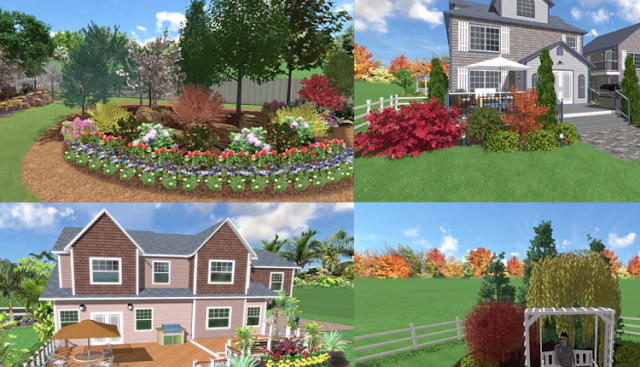How to Use Wind Power
Four basic types of wind-electric systems are possible, and three are common. Perhaps the simplest type is wind-electric water pumping, which couples a wind generator to an electric pump, usually via electronics. This may be a viable system type when remote water pumping is needed in a windy area. But few if any complete system packages are available for this application, and the need is most often served with wind-mechanical (water-pumping windmill) equipment and solar-electric systems. Direct heating systems are also possible, but typically end users want to do more with their systems than solely heat, and also don’t need heat year-round, so the energy is less useful.
Off-Grid Battery-Based Wind-Electric System
An off-grid wind-electric system uses batteries, and often includes a solar-electric array and back-up generator. These systems must provide all the electrical energy, since utility electricity is not available or desired. This means that they will produce significantly more energy than is used, because they need to keep a battery bank charged, and because there will be times of excess wind where the surplus cannot be used.
Grid-Tied Wind-Electric System with Battery Backup
A Battery-based grid-tie system is configured very similarly to an off-grid system, but also has a grid connection, and the ability to “sell” surplus energy to the local utility. These systems have the advantage, because of the battery bank, of providing limited backup during utility outages. Wind-electric back-up systems often function quite well because many utility outages are caused by storm, when wind is abundant.
Batteryless Grid-Tied Wind-Electric System
Batteryless grid-tie wind-electric systems are the least costly, most efficient, and most environmentally friendly systems because they avoid the use of batteries, and they tend to operate at higher voltage. They produce grid-compatible electricity to feed house loads and to sell back to the utility, making full use of all energy generated. Their sole drawback is that they cannot operate during utility outages, and therefore provide no back-up protection.
Direct-Drive Batteryless Wind-Electric System
Wind electricity can power most electrical loads, depending on the size of the wind generator and the wind resource available. Direct water pumping and heating systems are dedicated to specific loads. Most systems provide electricity for a variety of purposes, including lighting, home appliances, office equipment, and more. Home-scale and small wind generators are also used on boats, navigation equipment, remote communications sites, businesses, and other facilities. If you have an abundant wind resource, you may be able to not only run your lighting and appliance loads, but also heat your home, either through direct electrical heat or by running a heat pump. This is often a good match because wind tends to rob heat from homes, and the windy season often coincides with the heating season.
Source: homepower.com
from Home Improvementer //
How to Use Wind Power


Комментарии
Отправить комментарий